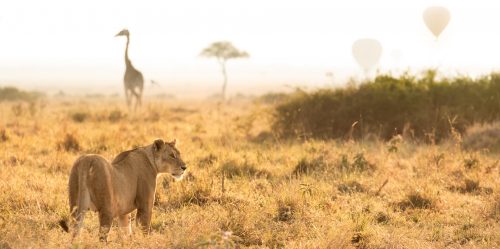
When sitting down to write a post for This Week At Angama, I always start by editing my top 20 or 30 photographs – those that capture the general mood, energy and feeling of the week. Next, I make a cup of coffee, sit back, and view all the images as a collection, trying to pull out the golden threads and stories. I jot these down on a piece of paper and then dive into the archives. Going back over the last four years, we can compare sightings from year to year. It allows us to make fascinating comparisons, join the dots, and learn about the subtle nuances and natural rhythms of the Mara ecosystem.

Drawing parallels between this week and that of exactly a year ago is an uncanny experience. Each week we go out with the intention to give an honest portrayal of what is going on in the Mara Triangle. As the milestone of 200 consecutive weeks draws ever closer, we find ourselves with an archive of thousands of images.
The wildebeest and zebra continue to take centre stage. Last year, I wrote:
The word ‘unpredictable’ comes to mind when I think about the greatest migration on earth. The wildebeest and zebra move in ways that are nearly impossible to predict. One day there can be thousands of animals grazing in a clearing, and the next morning you return to find an empty grassland with nothing but a fat-bellied male lion, asleep on his back.

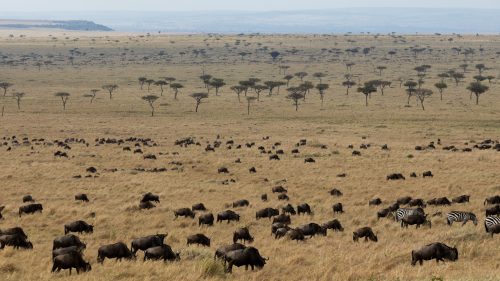
And that echoes my exact sentiments this week. There are still occasional river crossings happening, with patient and dedicated guests often being rewarded with wonderful and dramatic sightings, but for the most part, big herds are sitting happily grazing along the Kenyan/Tanzanian border. One day moving north, only to turn around and move south the next.

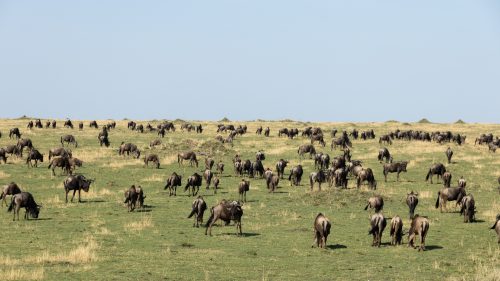
Lions continue to thrive with abundant prey. The arrival of ‘new’ males into the southern reaches of the Triangle is causing a ripple effect across the grasslands.
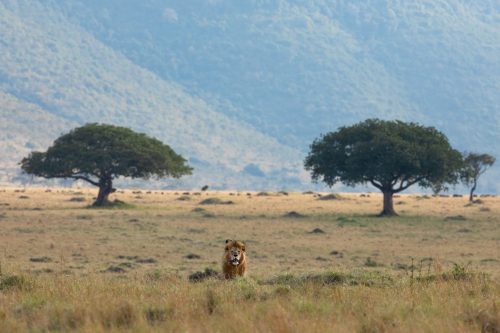
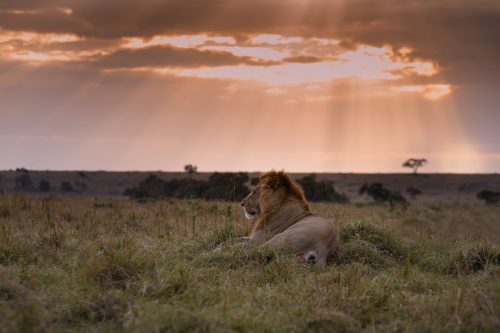
The six sub-adult Sausage Tree young males have had to head north in order to avoid a run-in with these new males from Lemai that killed their father. This now means these sub-adults turned nomadic overnight and now have to live like ghosts, moving in the heat of the day, avoiding dominant territorial males and scrounging around for food. If they stick together as a coalition of six, they have a decent chance of survival. My advice for them? Avoid the Bila Shaka and Inselberg coalitions at all costs.
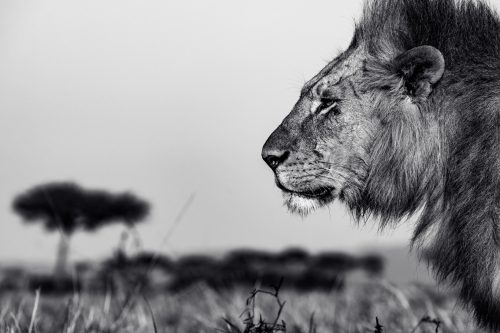

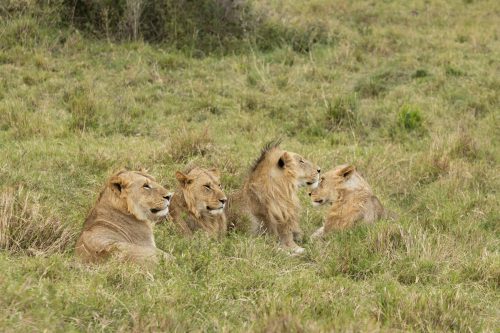
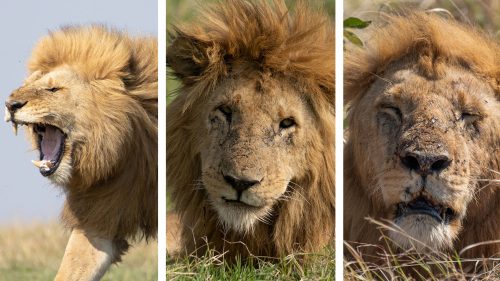
We also have a number of cubs around at the moment, both lion and leopard. There is nothing more special than sitting quietly in the presence of young playful cats.



Last week, Eric spent many hours with a female leopard and her cub.
This week I was fortunate enough to spend some time with a seldom-seen male, not far from camp. Our ongoing leopard identification project keeps growing, and we now have 35 different leopards photographed in the Mara Triangle over the last four years.
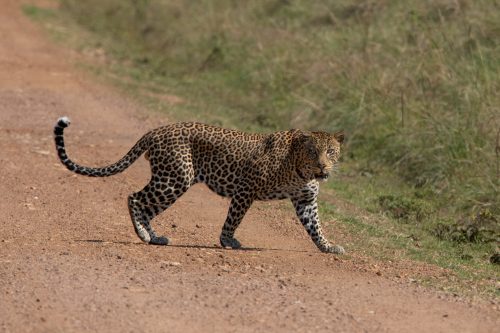
When people ask what my favourite animal to photograph is, my answer will often catch them by surprise: vultures. This is such an exciting time, as we have huge groupings of these aerial scavengers and around every carcass, you can find dozens squawking, fighting, flying, running and feeding. Photographing vultures as they come into land is a thrill, and a real test of your understanding of your camera, shutter speeds and focus. This week, exactly a year ago, I sat transfixed for hours at various kills, experimenting with different ways to capture these clean-up crews.

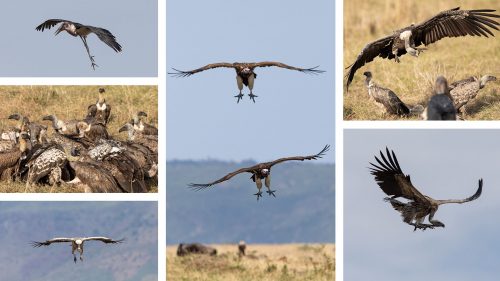
Every drive within the Mara has the potential to produce magic – in all shapes and sizes, ways and means. It is such a photogenic landscape that just lends itself to creativity and beauty.

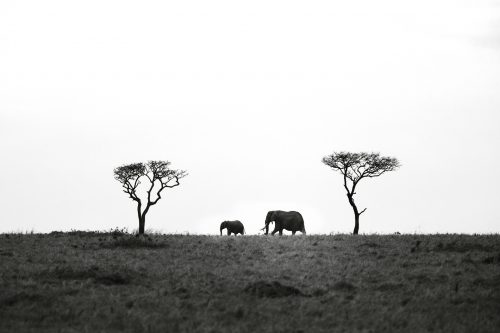
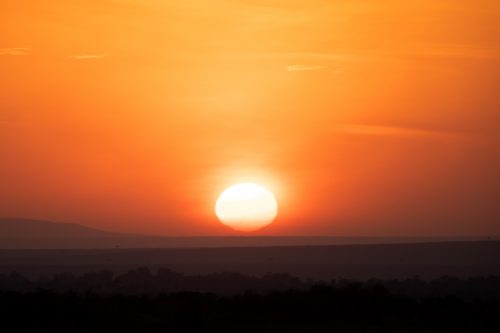
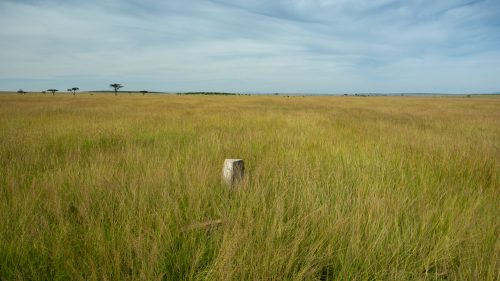
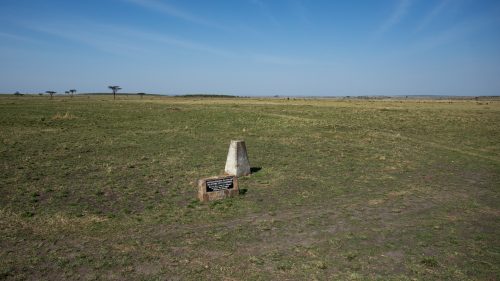
The migrating herds are the best lawnmowers in the world.

This week a year ago the situation with the Migration was nearly exactly the same as what we are seeing again this year.
Filed under: This Week at Angama
Subscribe for Weekly Stories
Comments (0):
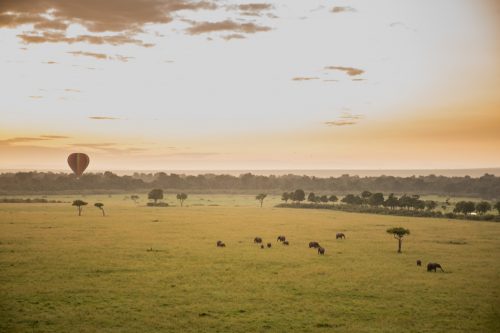
Hot-air Ballooning